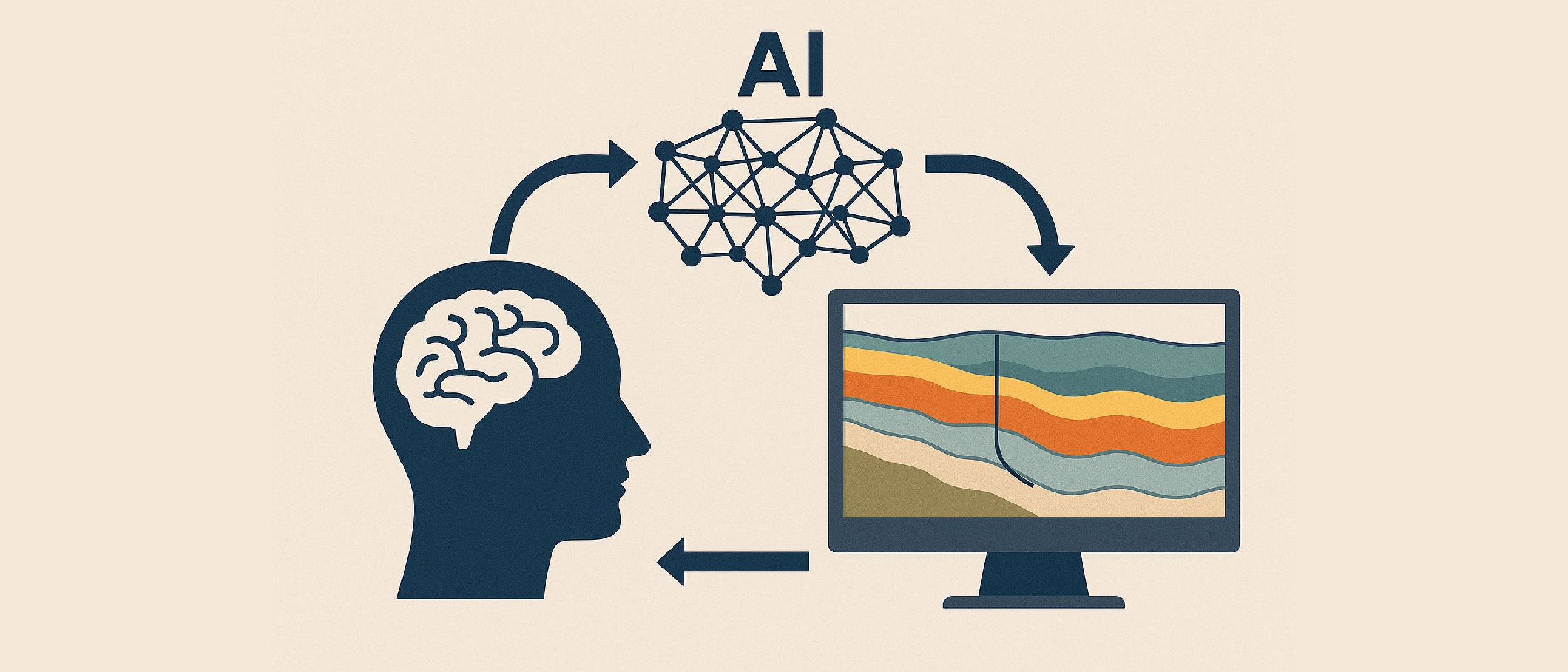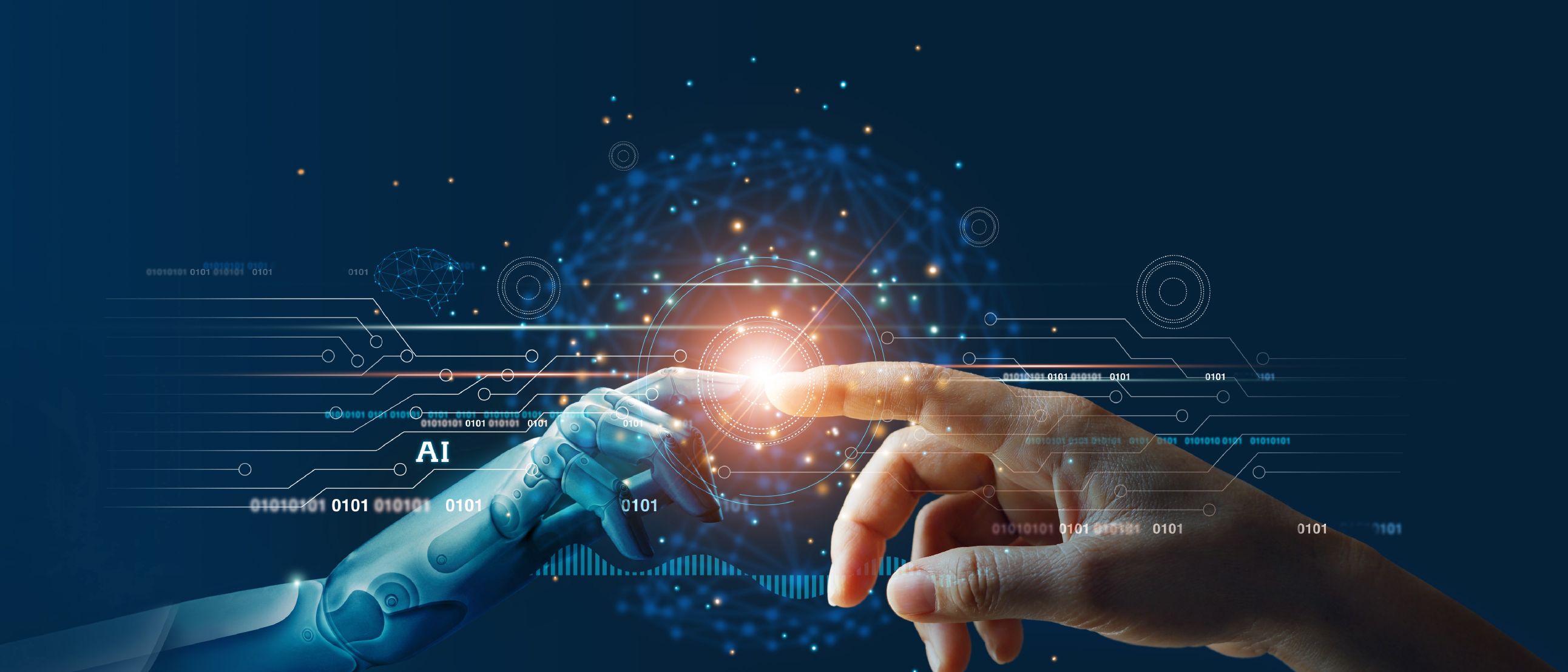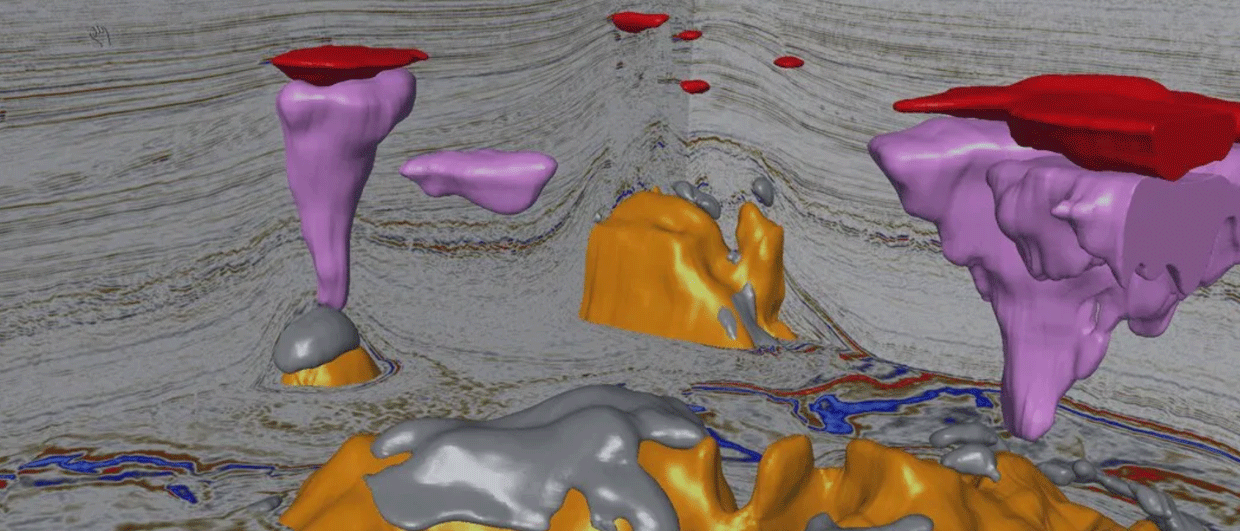– The evolution of the explorationist has been step-wise; from the analogue geoscientist in the 1960 – 1980s to the digital geoscientist in the 1990 – 2010s and now, in the 2020s, we will see the augmented geoscientist.
Kine Johanne Årdal, Digitalization Manager at Pandion Energy, spoke at the DigEx 2020 conference in Oslo on January 28th.
Årdal and her colleagues, 15 in total, kicked off their journey towards digitalization about one year ago.
Through its new KAI (Kerogen Artificial Intelligence) subsurface data platform, Pandion seeks to transform the way geoscientists work by providing new digital and AI solutions.
A key issue is understanding the weaknesses and strengths of the machines, as well as of humans.
– We know that machines are good at instructions, handling large amounts of data and being objective. Humans, on the other side, excels when it comes to creativity, passion, asking questions and having intuition, said Årdal.
When designing algorithms, we need to take the human into account at every stage, while also realizing our own weaknesses.
– Machines should help us avoid oversee details in our data, and help us to be objective and not make decisions based on past experiences, bad or good.
Another issue is data formats. In order for the machines to assist the geoscientist with tasks such as mining and analyzing data, the data need to be readily available, and in a language the machines can understand.
– This is not an easy task. Ours, as well as other oil companies’, subsurface data, comes in many forms and data formats, which need to be reformatted for future machine-reading and analysis.
In addition to a variety of different data formats, data siloes is also an issue, according to Årdal. A data silo is a collection of data in an organization that is isolated within a project or a part of the organization.
Pandion’s subsurface data platform is being built with gradually more data sets and an increase in data complexity.
The future state, according to Årdal, is a platform that will help the explorers at Pandion by detecting new trends and insights for decision support, enable new combinations of subsurface data, identify innovative oil/gas opportunities and increase the chance of success for exploration drilling.
Pandion is developing several tools as a part of this platform. One of these is the Smart Search tool. This will make as much data as possible available to the geoscientist, help out with the screening process and enable the person to quickly search through all kinds of data sources.
– As explorationists, we need all the pieces in the puzzle and we need to continuously ask the question on where we need help from the machines and how to enable this. In the end, it’s all about understanding the geology and the petroleum system elements and basically, the machines can handle the data and the geologist can evaluate prospects, said Kine Årdal.
Text: RONNY SETSÅ





